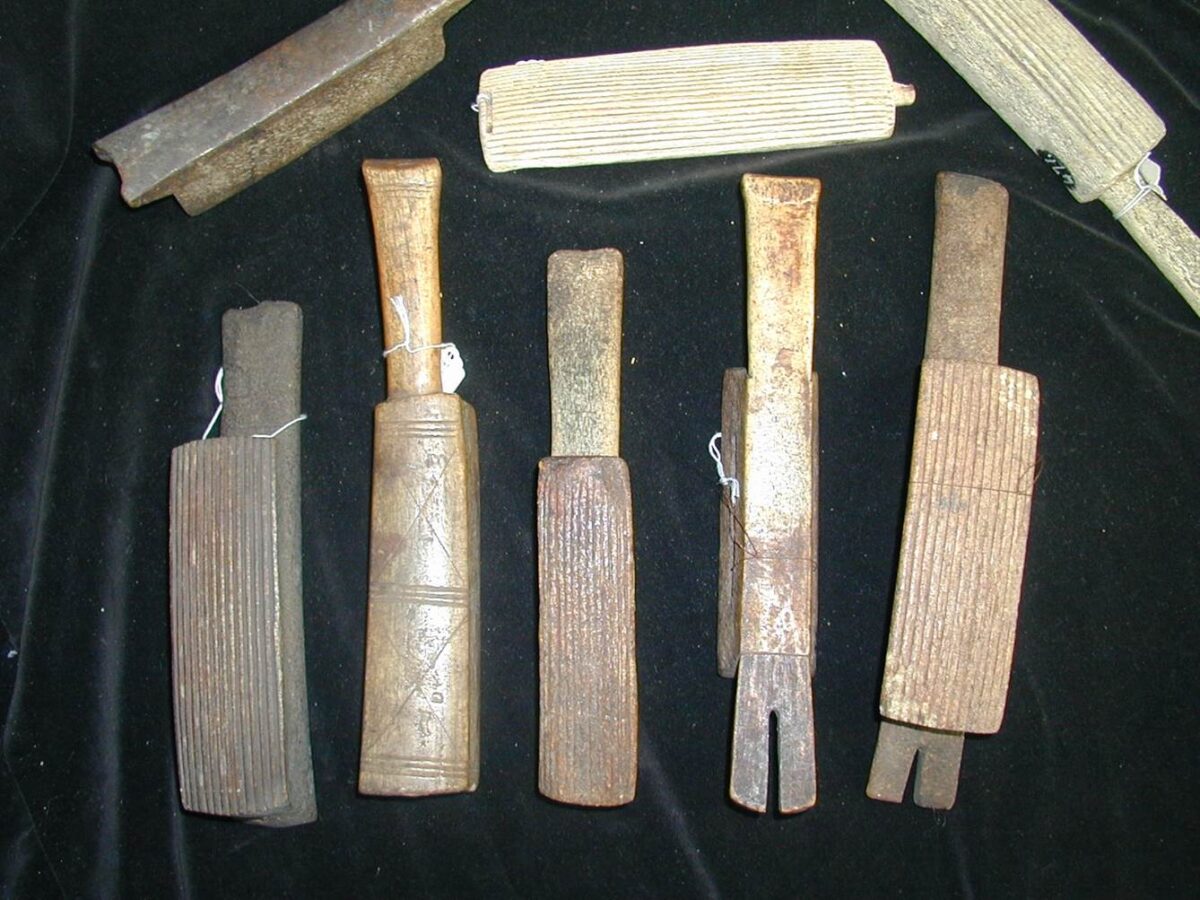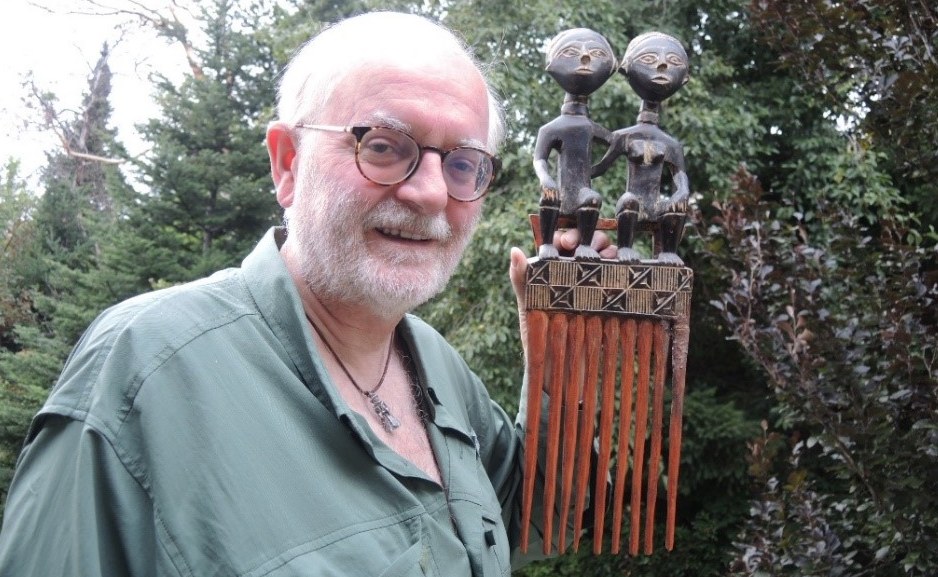
Were they Introduced from Polynesia? Preface Over the years from the 1970s to 2000, I had interesting discussions with Thor Heyerdahl during his research visits to the Royal B.C. Museum. I came to have a good understanding of his changing philosophy. Thor began his interests in British Columbia when he visited Bella Coola in 1939-1940 to compare petroglyphs at Thorsen Creek with Polynesian art forms. Unlike some of his critics, I read his scientific publications as well as his popular books. He was, on occasion, dismissed in the academic world, for some of his ideas that he had long given up. I assisted Thor in examining Museum artifacts he was interested in for possible Polynesian connections and suggested some myself … Continue reading “Indigenous Bark Beaters in Coastal British Columbia”

